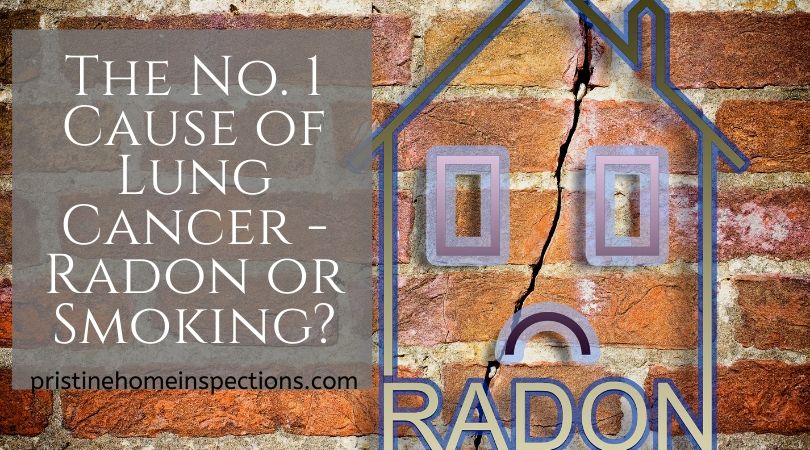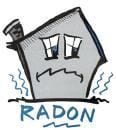
Radon has always been considered a distant second to smoking as a cause of lung cancer. If smoking is linked to 87 percent of all lung cancer deaths, why even worry about the lung cancer deaths related to radon (21,000 per year in the United States)?
Not so long ago secondhand smoke was a hot-button topic in America. It’s the third leading cause of lung cancer deaths with roughly 3,000 per year – a much distant third.
GET RADON TESTING NOW
Radon has been in cigarettes for years and that information has been available to the public, but it has not been widely publicized. Here are some facts to consider:
- From 1938 to 1960, the level of polonium 210 in American tobacco tripled commensurate with the increased use of chemical (superphosphate) fertilizers.
- Tobacco corporation internal memos and reports indicate that they were well aware of radiation contamination as early as 1964.
- In 1977, Phillip Morris confirmed that superphosphate fertilizer was a source of polonium.
- Polonium is the only component of cigarette smoke to produce cancer in laboratory animals. The polonium in tobacco is absorbed from phosphate fertilizers.
- Cancer statisticians have had trouble explaining the increased lung cancer rate despite the almost 20-percent reduction in tobacco use in males. It was 4/100,000 in 1930, then 40/100,000 in 1960, and by 1980 it had climbed to about 72/100,000.
- In 1982, tobacco researchers DiFranza and Winters concluded that smoking a pack and a half of cigarettes per day exposed a person to the same radiation as 300 chest X-rays per year (modern estimates raise the number to 2,000 X-rays).
- In 1990, then U.S. Surgeon General C. Everett Koop declared on national TV that radioactivity in cigarettes accounts for at least 90% of all smoking related cancers.
The elevated levels of radon in the soil leads to high radon gas emissions rising into the growing tobacco crop. Radon rapidly decays into a series of solid, highly radioactive metals (radon decay products).
These metals cling to dust particles which in turn are collected by the sticky tobacco leaves. The sticky compound that seeps from the trichomes (fine, sticky hairs) is not water soluble, so the particles do not wash off in the rain. There they stay, through curing process, cutting, and manufacture into cigarettes.
Lead-210 and Polonium-210 can be absorbed into tobacco leaves directly from the soil. But more importantly, trichomes on both sides of tobacco leaves grab airborne radioactive particles.
So in essence, the top three leading causes of lung cancer deaths are as a result of radon.
When writing this blog, I started to realize that people associate lung cancer with smoking, but do we stop to think about what is inside the cigarette that is causing cancer? Now you know.
More Radon Information and Resources
GET RADON TESTING NOW
More on Radon:
What is Radon Testing and How to Know if Your Home Has it
Is Radon Testing Required in Illinois?
Radon Testing for Daycare Centers
Before Finishing a Basement, Check for Radon
How to Use Etched Glass to Determine Radon Exposure
